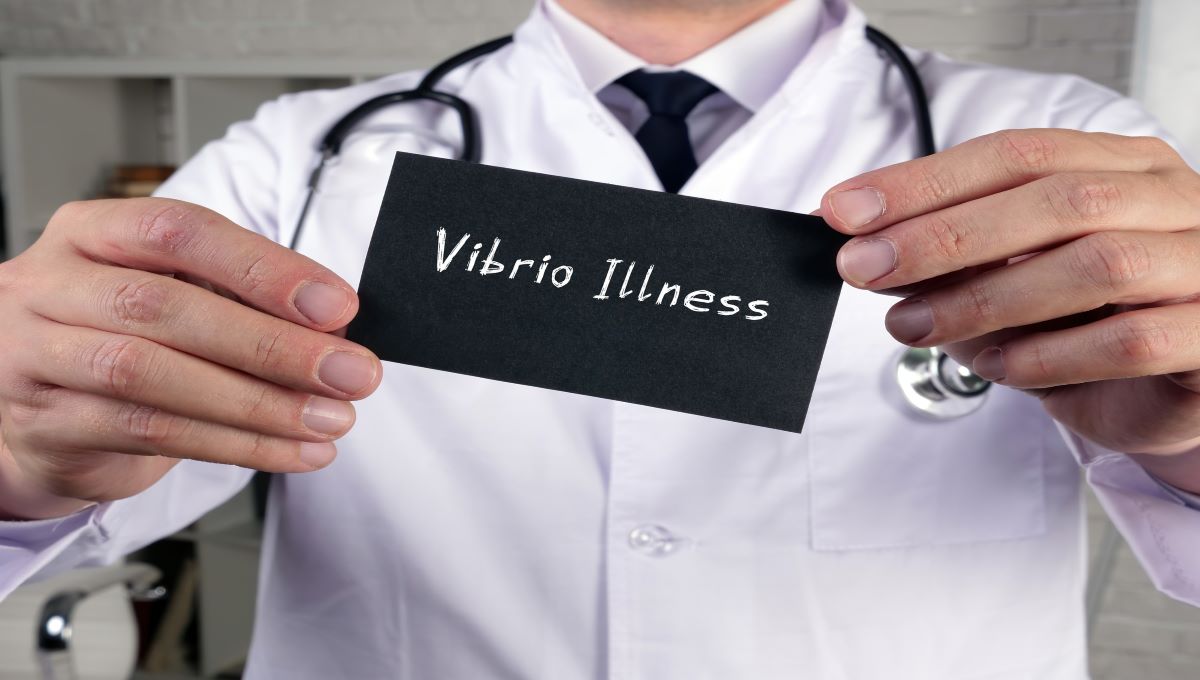Authorities in New Zealand are looking at changing the rules on shellfish to tackle Vibrio parahaemolyticus.
The Ministry for Primary Industries (MPI) proposal includes requirements for a Vibrio parahaemolyticus management plan for growers and the supply chain, including the triggers for when it is required.
The aim of the possible new rules is to minimize the likelihood of Vibrio parahaemolyticus causing illness from commercially harvested bivalve molluscan shellfish, including oysters.
Officials said recently they had seen an increase in illnesses due to Vibrio parahaemolyticus associated with eating raw or lightly cooked seafood. Many cases have been traced to recreationally gathered seafood, but some have been linked to commercially grown shellfish. Cases were split evenly across the North and South Island with hospitalization rates of up to 40 percent.
In January this year, 30 illnesses were reported compared with three in the same month of 2021 and 13 people were hospitalized. Sick people had eaten a variety of raw and cooked seafood including crayfish, mussels, oysters, cod, snapper and warehou. Several different sequence types were also identified, meaning there was likely more than one source of contamination.
Potential new requirements
The most important measure industry can take is to minimize the time from harvest until the shellfish are refrigerated, and to optimize harvest practices, according to the guide.
Foodborne vibriosis linked to a growing area will trigger a review to assess whether the risk of illness from Vibrio parahaemolyticus in raw shellfish would be considered an annual occurrence. If this condition is met, the growing area will need to implement a management plan.
Such a plan would have to include the growing area and shellfish species to which it applies; the period when, or the harvest conditions that will make it come into operation and cease; and a list of control measures.
The document would have to be reviewed annually at the same time as the harvest control plan and whenever shellfish from the growing area are epidemiologically linked to vibriosis infections.
Different regulatory actions will be taken if cases of vibriosis are linked to growing areas. The draft sets out the restrictions and criteria for closure and opening of commercial growing areas, depending on the number of sick people and over how long a period illness occurred.
As Vibrio parahaemolyticus is inactivated by cooking, the requirements will not apply if the shellfish is cooked or treated by another validated process before consumption, or if it is labeled with cooking instructions.
Symptoms of illness may include watery or bloody diarrhea, abdominal cramps, nausea, vomiting, fever, and headaches. They usually occur within 24 hours of eating a contaminated product and last from one to seven days.
Feedback on the draft notice can be sent to animal.products@mpi.govt.nz by April 22.
(To sign up for a free subscription to Food Safety News, click here.)

